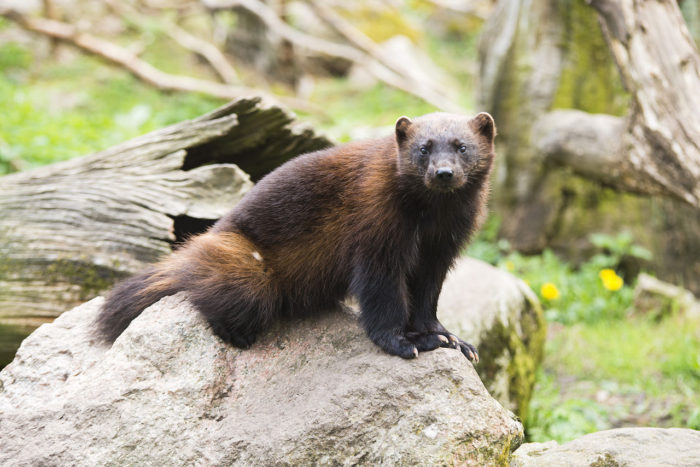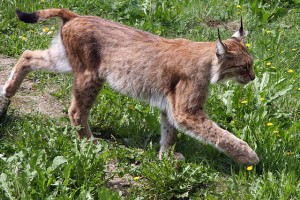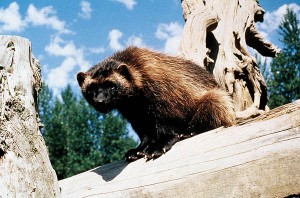Mammals Threatened by Climate Change Struggle to Relocate
A new study has found that many European mammals living in habitats that are threatened by climate change are not able to find new areas to live in.
 Image: By Jonathan Othén [CC BY-SA 4.0 (https://creativecommons.org/licenses/by-sa/4.0)], from Wikimedia Commons
Image: By Jonathan Othén [CC BY-SA 4.0 (https://creativecommons.org/licenses/by-sa/4.0)], from Wikimedia Commons A new study, published in the journal Diversity and Distributions this month, has found that many of the mammals living across Europe whose habitat is being destroyed by climate change are not able to find new places to live elsewhere.
Of the 62 mammal species in the study, conducted by researchers at the University of Exeter, 30 will have their habitat substantially affected by climate change, but sadly they do not have the traits that could allow them to colonise a new habitat somewhere else in Europe. These included at-risk species such as the wolverine (classified as “vulnerable” in Europe), and others not presently classified as under threat, such as the Eurasian elk, the Iberian wild goat and the Pyrenean chamois.
Most current assessments do not take account of climate change and species’ ability to react, and the researchers say this means that many species may be at greater risk than their official status shows. Senior author Dr Regan Early, of the Centre for Ecology and Conservation at the University of Exeter, says: “Some species that will need to move long distances due to climate change are simply not going to be able to. Unfortunately, many of the species most at risk from climate change are also will have the most difficulty in colonising new areas.”
The researchers studied two sets of characteristics to see how well each species could relocate to the places where climate will be suitable in the future. One important characteristic is whether the animals are ‘generalists’ that can live in many kinds of habitats and eat a wide variety foods.
The other important characteristic was the animal’s reproductive strategy. The scientists found that species that breed young and have many offspring have a better chance of establishing themselves in a new area.
However, the complexities of climate change mean that some species, even those that are able to move relatively long distances, will struggle to move because possible new habitats are just too far away from current ones. One example is the Western Mediterranean mouse, currently found in places including Spain and Portugal. Under predicted climate change, this species may no longer be able to live in its current habitats and might be better off in eastern Italy.
But Dr Early points out it is “difficult” to see how the species would make such a move. Lead author Lisbeth Morrison said: “If you look at the challenges of shifting ranges, you find that many species are a lot more threatened by climate change than we previously understood. Even under lower estimates of climate change, we found really serious effects for many species.”





No comments yet.